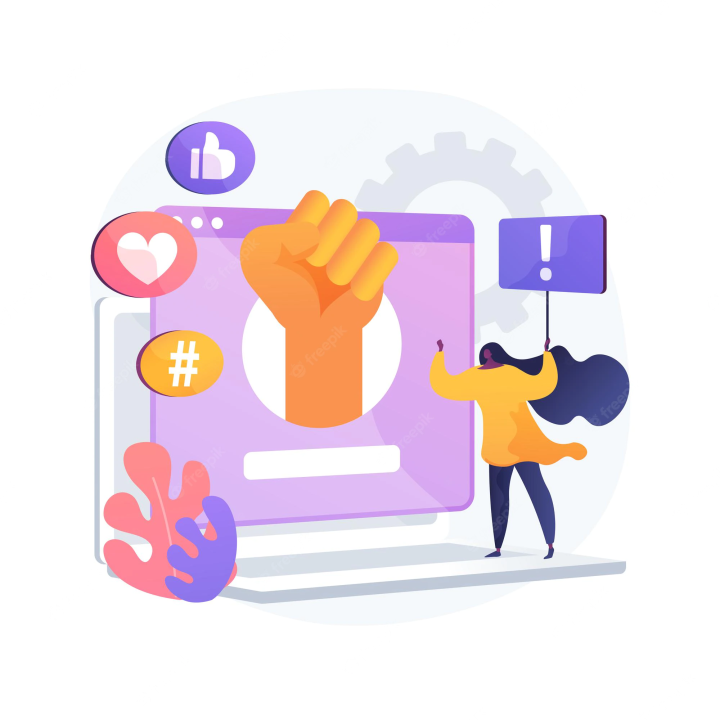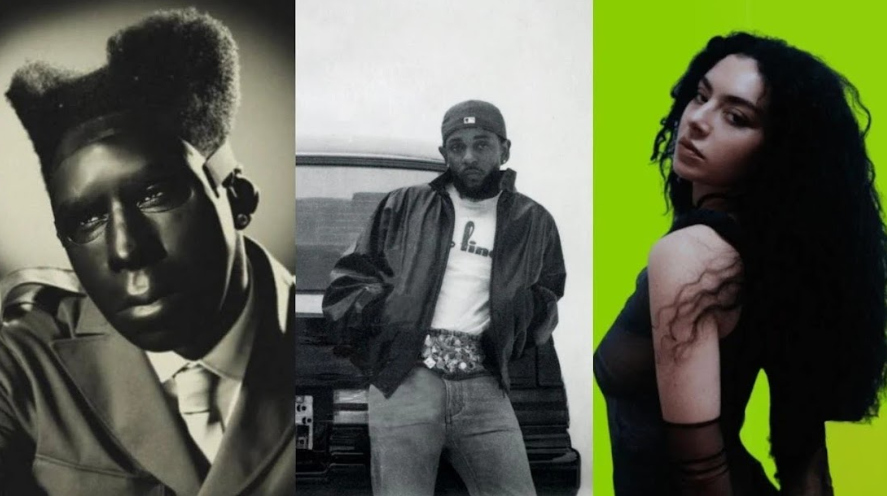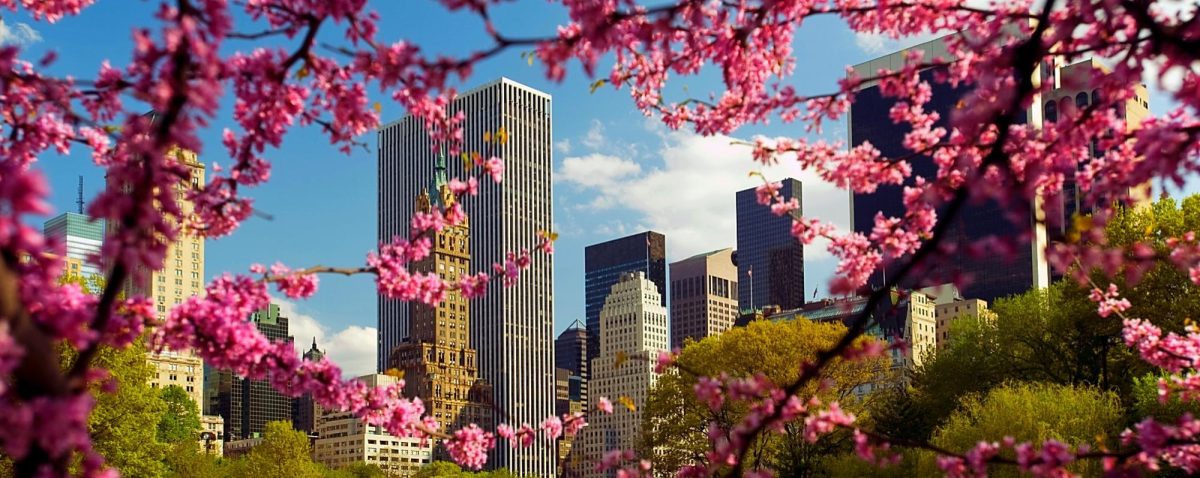The Walkout
The day is May 11th, 2022. It is 8 pm on a Wednesday night as freshman at the NYC iSchool Michelle Adoctor is sitting on her couch, aimlessly scrolling through her Instagram feed and procrastinating because she doesn’t want to begin her geometry homework.
As she was scrolling through her following’s Instagram stories, she began to see “Rise up 4 Abortion a call for action to protect reproductive rights”. A walkout protest against the overruling of Roe V Wade was set to happen that Friday at 2 pm.
She said, “I knew how important it was to fight for my rights as a woman, and I didn’t believe that women’s rights regarding their own bodies should be controlled or taken away by the men in power in the Government.”
That Friday, Michelle and hundreds of adolescents from schools all across New York City walked out of class, made signs, and marched to City Hall demanding for reproductive rights to remain.
Rights Overturned
In June of 2022, the Supreme Court overruled the case Roe v. Wade, which dissolved the 50 years of federal protection of abortion rights in the U.S. Because the case was overturned, states across the United States implemented their own bans.
Currently, out of the 50 states, about 20 states have made the act of getting an abortion illegal. Not only did states take away a woman’s right to an abortion but have closed many clinics that give STD testing, contraceptives, and mental health & domestic abuse supports.
Michelle claims that participating in the protest prior to the ban of abortions wasn’t even a choice but something she had to do: “Being a 14 year-old when the status of my rights to my reproductive health was being taken away, and knowing there was very little that I could do felt really scary and made me feel helpless, the least that I could do was use my voice to show my support for this cause that would harm so many people. ” Michelle was able to use her voice for something she believed in because of social media and its accessibility.
Accessibility
91% of Americans are actively using social media daily, and according to an article written by John Gramlich about the current mental health crisis, “About one-third of social media users (34%) say they have taken part in a group that shares an interest in an issue or cause, while a smaller share (26%) say they have encouraged others to take action on social media in the past year.” Even without actively reposting or sharing posts, it is inevitable to be educated about a current-day issue while on a social media platform. Social media user may not have access to go outside and fight for a cause, so being able to stand up for what you believe in and participating in activism from the inside of your bedroom is an amazing benefit.
Irtyiah Malik, a senior at NYC iSchool, says, “Social media affects modern-day activism because it allows for others to be informed about a certain topic in an effective manner. This enables more people to support the cause either by participating in movements, donating money, or simply just using their own social media platforms to spread awareness on the subject.” She uses her Instagram to post about issues happening in Pakistan. “Many young people don’t watch the news so using social media to post about issues is really important. For example, the security issues in Pakistan which are leading to terrorism, violence, kidnapping, etc is not as known as it should be considering how impactful it is to the Pakistani people.”
People all over the world take part in an issue that they feel is important despite what resources they have. The spread of awareness about events taking place can be shared within seconds to thousands of people. The majority of social media apps have no cost which means they are inclusive to everyone regardless of financial status. Most apps have an age requirement of 13 years old, therefore people ages 13 and up have access to creating accounts increasing their political awareness. This has allowed the younger generations to get a deeper understanding of the world around them and the issues happening within it leading them to use their voice and platform to make changes they deem necessary.
Issues
While social media has benefited and increased the amount of people involved in modern-day activism, there are some negative aspects that come along with social media being the main source of activism. Performative activism is the largest issue. According to Thomas Harrison’s article about performative activism, he claims that performative activism is “activism done out of a desire to make oneself look better, rather than a desire to help the cause being promoted.”
Due to the accessibility of social media, people are able to use their platforms as a form of activism in order to give off an impression of care and action for a cause when in fact they are doing very little to make actual change.
Nalunga DiDomenico, a senior at the NYC iSchool, feels that “ social media both benefits and lessens the importance of activism because performative activism exists and people use social media to pretend like they care about certain issues when in reality they just want to look good to other people and make it seem like they care.”
This is a drastic change from what activism was prior to social media. Before social media activism, activism was more physical and involved advocating with your mouth and actively trying to stand up for something. Since the introduction of digital activism, there are more ways that people can get a message across. Information was typically received from the news, which was created to be less personal, extremely factual, and straight to the point.
The ability for anyone to share their personal viewpoints about an issue creates biases and can be extremely misleading. John Gramlich from Pew Research claims that based on a survey done, Americans believe that “social media distracts people from issues that are truly important” (82%) or “makes people think they’re making a difference when they really aren’t” (76%) describes social media very or somewhat well. Any issue that is deemed important to an individual is able to receive coverage, while this can bring awareness to unknown issues it can also draw attention to false and fabricated information, this issue heavily affects older generations as they are not able to identify fake news as easily.
Making a difference
Social media is something that continues to develop and change as technology advances. Despite the issues that come along with using social media as a source of activism, the benefits heavily outweigh the negatives. Being a teenager in a world that can make you feel powerless is extremely tolling and having the ability to share your opinions no matter what size of a platform you have can make the difference. “My definition of activism is standing up for what is right and advocating for the greater good of the world, Social media allows for anyone to get involved and make a difference.”













